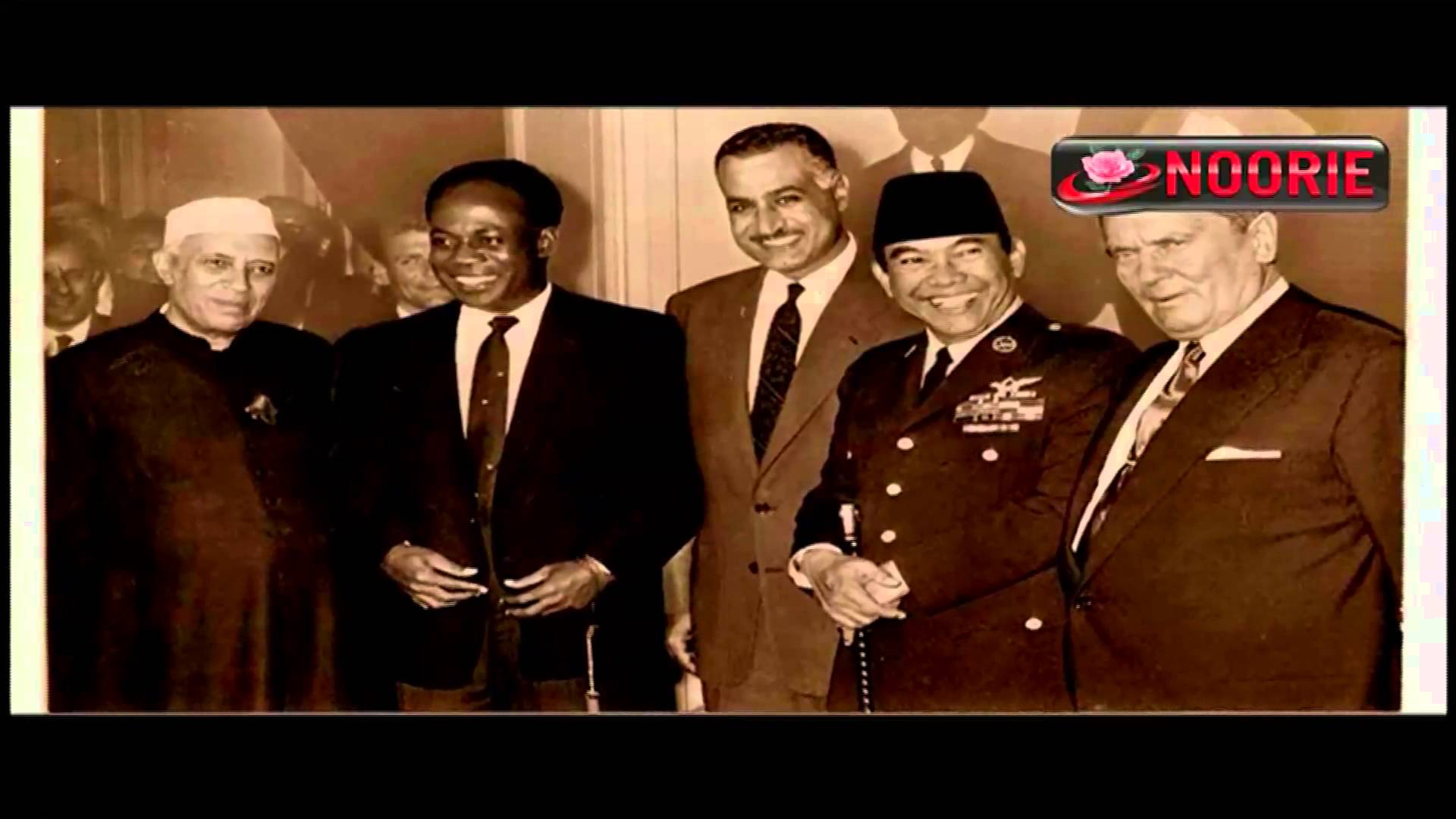Farewell to NAM
Historical Context:

The Non-Aligned Movement is a Movement of 115 members representing the interests and priorities of developing countries. The Movement has its origin in the Asia-Africa Conference held in Bandung, Indonesia in 1955. The meeting was convened upon the invitation of the Prime Ministers of Burma, Ceylon, India, Indonesia and Pakistan and brought together leaders of 29 states, mostly former colonies, from the two continents of Africa and Asia, to discuss common concerns and to develop joint policies in international relations. Prime Minister Nehru, the acknowledged senior statesman, along with Prime Ministers Soekarno and Nasser, led the conference. At the meeting Third World leaders shared their similar problems of resisting the pressures of the major powers, maintaining their independence and opposing colonialism and neo-colonialism, specially western domination.
Following this meeting a preparatory meeting for the First NAM Summit Conference was held in Cairo, from 5-12 June 1961. Where the invitations for Bandung were on a regional basis, the invitations for the first Summit were based on each invited country’s commitment to a set of shared principles.
In a significant move, Indian PM did not attend 17th Non Aligned Movement (NAM) summit which was held in Venezuela recently.
The only other time when an Indian Prime Minister stayed home was in 1979, when the historic Havana summit took place. Prime Minister Charan Singh’s absence,
Why NAM loosing relevance
- The traditional foreign policy approach of non-alignment was a central component of Indian identity in global politics.
- However, since independence, India has been in pursuit of strategic autonomy. It has led to semi-alliances shaped under the cover of non-alignment and regional dynamics.
- NAM countries did not come to our help on any of the critical occasions when India needed solidarity, such as the Chinese aggression in 1962 or the Bangladesh war in 1971.
- Even in the latest struggle against terror, NAM has not come to assist India in any way.
- But the whole philosophy of NAM is that it remains united on larger global issues, even if does not side with a member on a specific issue.
- India itself has followed this approach, whenever the members had problems with others either inside or outside the movement.
- NAM positions have always been the reflection of the lowest common denominatorin any given situation.
Positives of NAM
- The golden age in India’s foreign policy was in the first 15 years after Independence, when NAM provided a constituency for Indiabecause of our non-violent victory over the British and the leadership it provided to the newly independent countries.
- India led the NAM effort to resolve the Iran-Iraq dispute.
- As expected, political issues continued to engage NAM and we benefitted from its activism occasionally.
- In fact, it was through NAM that we operated to counter the efforts to expand the UN Security Council by including just Germany and Japan as permanent members. NAM submitted its own proposal and ensured that no quick fix was permitted.
- NAM is particularly important in elections at the UN, including the possible identification of new permanent members of the Security Council.
- No NAM country may agree to isolate Pakistan, but the NAM forum will be an effective instrument to project our anti-terrorist sentiments.
Conclusion:
The decision to say farewell to NAM is very much in keeping with the new transactional nature of the foreign policy we are developing.
NAM was a part of our larger vision for the world, but today it is seen as inconsequential to our present preoccupations.


